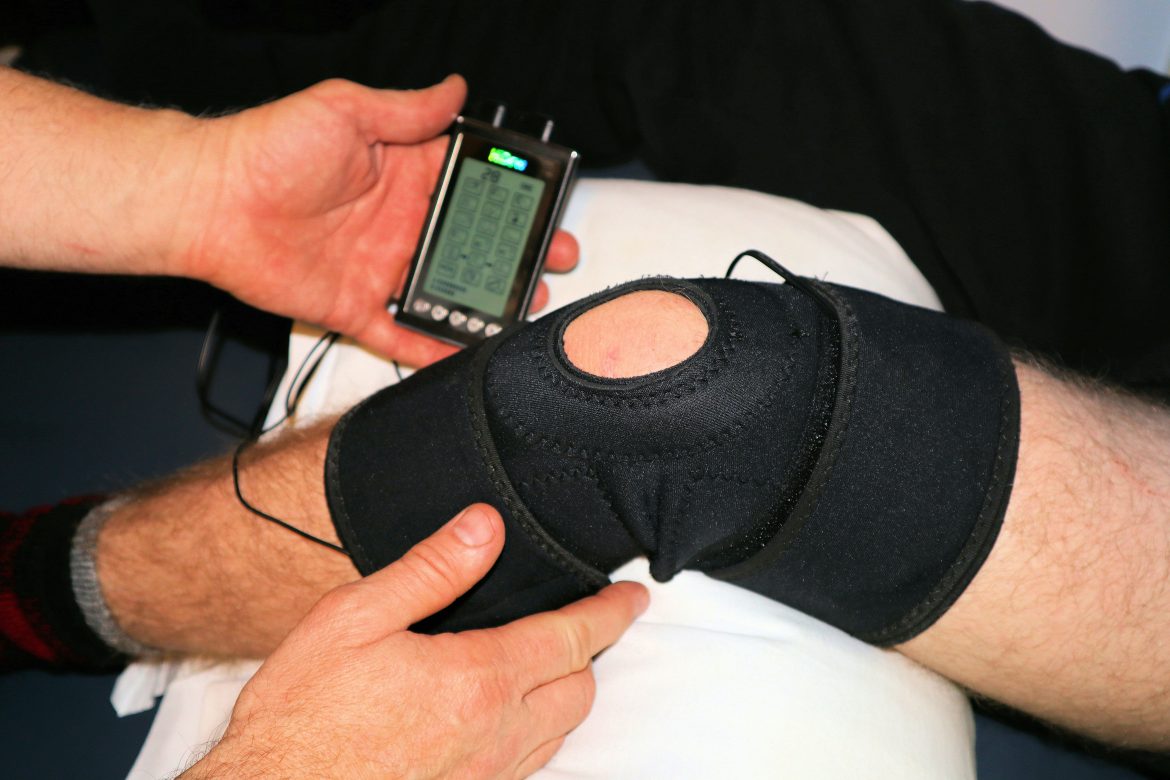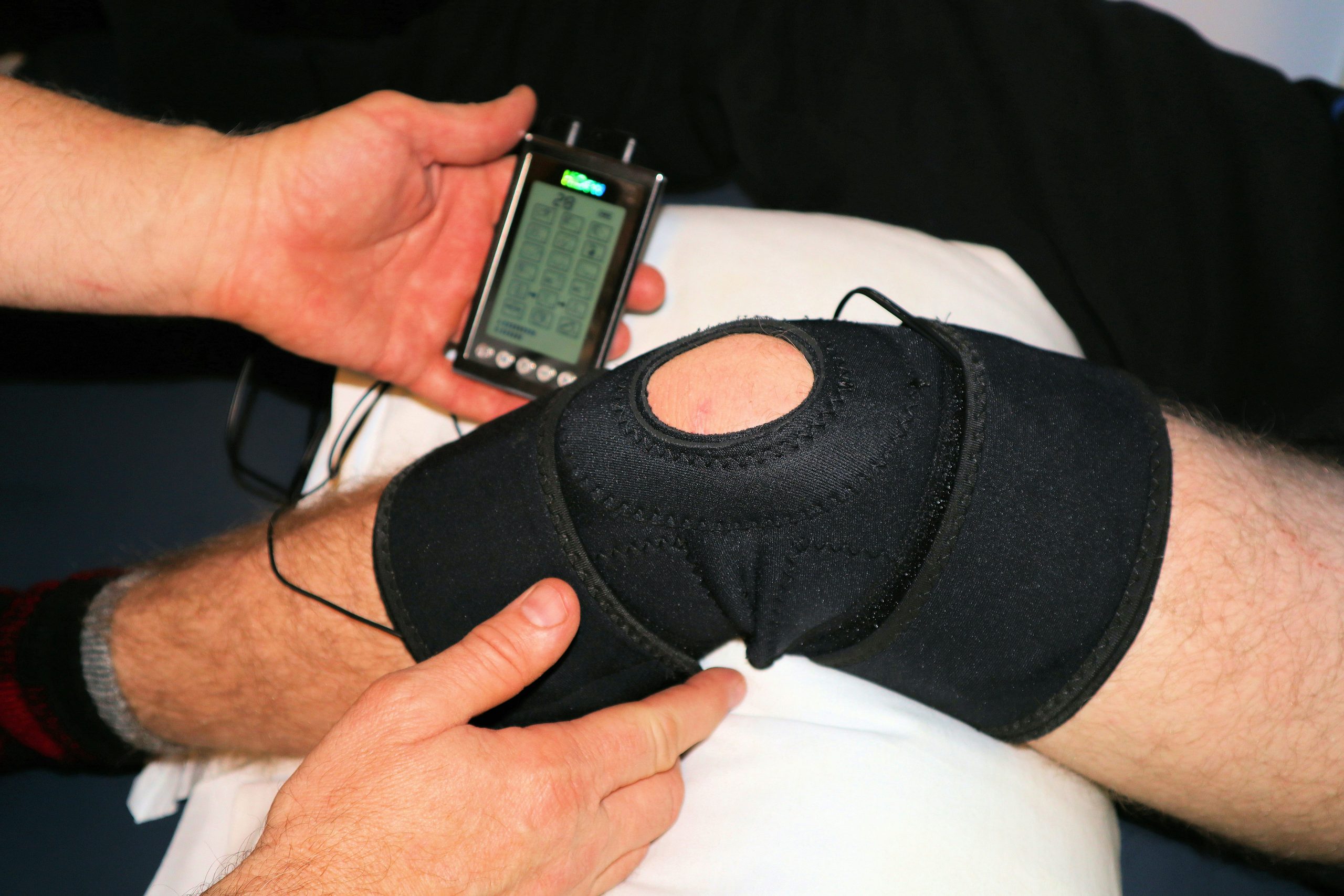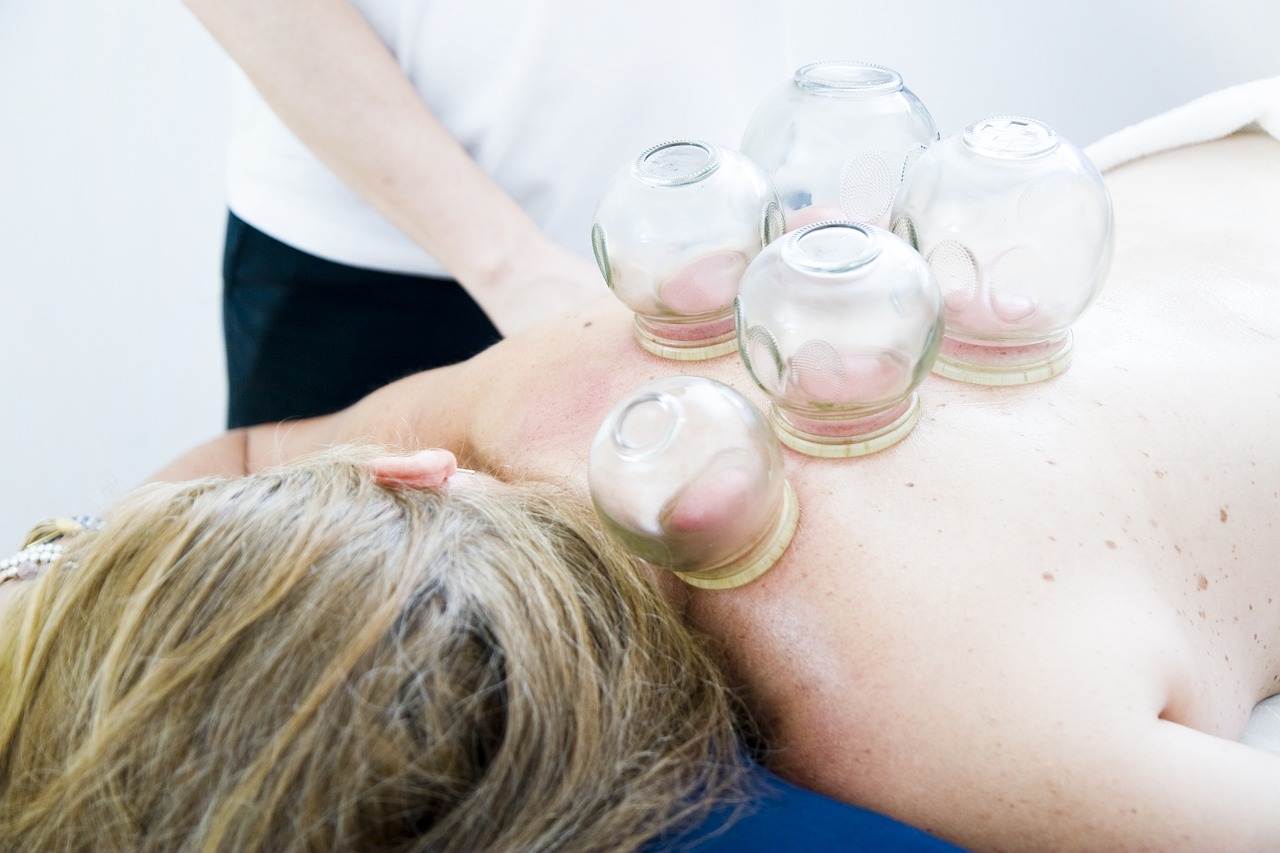Embarking on the journey of physical recovery and rehabilitation is a challenging yet transformative process. Whether you’re recovering from surgery, injury, or illness, the path to restoration involves a series of crucial steps. In this comprehensive guide, we’ll delve into the essential elements of healing and rehabilitation, shedding light on how each phase contributes to a full recovery.
Understanding the Body’s Language
The first step on the road to recovery is gaining a deep understanding of your body’s signals and language. Listening to your body’s cues is essential for effective rehabilitation. Pain, discomfort, and even subtle sensations provide valuable insights into the healing process. Paying attention to these signals allows you to adjust your rehabilitation plan accordingly, ensuring that you progress at a pace that is both safe and effective.
Moreover, understanding your body’s language involves recognizing the difference between discomfort which indicates progress, and pain which signals potential harm. It requires patience and attentiveness to discern between these sensations, allowing you to tailor your rehabilitation regimen to suit your body’s specific needs. By acknowledging and respecting your body’s language, you foster a relationship of trust and cooperation that is instrumental in achieving successful recovery outcomes.
Building a Solid Foundation with Physical Therapy
Physical therapy forms the cornerstone of rehabilitation, facilitating recovery through targeted exercises and interventions. Working closely with a skilled physical therapist, you’ll embark on a tailored program designed to restore strength, flexibility, and functionality. The therapist’s expertise ensures that each exercise is aligned with your specific needs, gradually guiding you toward regaining control over your body.
Physical therapy encompasses a diverse range of techniques, including manual therapy, therapeutic exercises, and modalities such as ultrasound and electrical stimulation. These interventions are meticulously chosen to address your unique challenges and goals, fostering gradual progress and minimizing the risk of re-injury. In cases where physical therapy alone is not sufficient to achieve optimal outcomes, consultation with orthopedic surgeons may be necessary. These specialists bring an added layer of expertise in diagnosing and treating musculoskeletal issues through surgical interventions when required. Just as each person’s body is unique, so too are their needs for physical therapy. By committing to this process, you’ll lay a solid foundation for long-term recovery success.
Nourishing the Body: The Role of Nutrition
The body’s ability to heal is intricately linked to the nutrients it receives. A well-balanced and nutritious diet plays a pivotal role in the recovery process. Adequate protein, vitamins, and minerals support tissue repair and overall health. Consulting with a nutritionist can help you create a personalized diet plan that fuels your body’s healing mechanisms, promoting a faster and more effective rehabilitation journey.
In addition to providing essential nutrients, proper nutrition also plays a crucial role in managing inflammation, optimizing immune function, and supporting energy levels throughout the recovery process. By fueling your body with wholesome foods rich in antioxidants, omega-3 fatty acids, and other healing compounds, you create an internal environment that is conducive to healing and regeneration. Embracing a diet that prioritizes whole grains, lean proteins, colorful fruits and vegetables, and healthy fats empowers you to take an active role in your recovery journey, nourishing your body from the inside out.
Mind over Matter: The Power of Mental Resilience
Physical recovery is not solely a physical endeavor; it requires mental resilience as well. The mind plays a crucial role in overcoming challenges and setbacks during rehabilitation. Embracing a positive mindset, setting realistic goals, and celebrating small victories contribute to a resilient mental attitude that propels you forward on your journey to recovery.
Maintaining a positive outlook in the face of adversity is key to preserving motivation and momentum throughout the rehabilitation process. By cultivating resilience, you develop the capacity to adapt to setbacks, learn from experiences, and persevere in the pursuit of your goals. Mindfulness practices, such as meditation and deep breathing exercises, can help you manage stress, enhance focus, and cultivate a sense of inner calm amidst the uncertainties of recovery. Through mindfulness and mental resilience, you harness the power of your mind as a valuable ally in the journey towards healing and rehabilitation.
Rest and Restoration: The Importance of Sleep
In the fast-paced world of rehabilitation, the significance of adequate sleep is often overlooked. Quality sleep is a vital component of the healing process, allowing the body to repair and regenerate. Establishing healthy sleep patterns and prioritizing restorative rest ensure that your body is equipped to face each day of rehabilitation with renewed energy and vigor.
During sleep, the body undergoes essential processes that promote physical and mental rejuvenation. These include the release of growth hormones, the consolidation of memories, and the repair of damaged tissues. Prioritizing sleep hygiene practices, such as maintaining a consistent sleep schedule, creating a conducive sleep environment, and practicing relaxation techniques before bedtime, can enhance the quality and duration of your sleep. By honoring your body’s need for rest and restoration, you lay the groundwork for optimal recovery and resilience in the face of challenges.
Gradual Progression: Patience as a Virtue
Recovery is a gradual process that demands patience and perseverance. Rushing through rehabilitation can lead to setbacks and potential re-injury. Embracing a mindset of gradual progression allows you to build a strong foundation, ensuring that each step forward is solid and sustainable. Patience becomes a virtue as you navigate the ups and downs of the recovery journey, ultimately leading to long-term success.
Embracing the principle of gradual progression involves acknowledging your current limitations while remaining committed to incremental improvement over time. Setting realistic goals and milestones allows you to track your progress and celebrate achievements along the way. Moreover, recognizing the value of rest and recovery periods between exertion helps prevent overtraining and burnout, fostering a balanced approach to rehabilitation. By honoring the principles of patience and gradual progression, you cultivate resilience and perseverance that propel you toward lasting recovery and well-being.
Holistic Approaches: Integrating Alternative Therapies
While traditional rehabilitation methods are invaluable, integrating holistic approaches can enhance the overall healing experience. Techniques such as acupuncture, massage therapy, and yoga can complement conventional treatments, addressing both the physical and emotional aspects of recovery. Exploring these alternative therapies with the guidance of healthcare professionals can contribute to a more comprehensive and holistic rehabilitation plan.
Holistic therapies offer a holistic approach to healing that acknowledges the interconnectedness of mind, body, and spirit. Acupuncture, for example, targets specific points along energy meridians to promote the flow of vital energy and alleviate pain and inflammation. Similarly, massage therapy enhances circulation, reduces muscle tension, and promotes relaxation, facilitating the body’s natural healing processes. Yoga integrates breathwork, mindfulness, and gentle movement to improve flexibility, balance, and emotional well-being, offering a multifaceted approach to rehabilitation. By embracing holistic therapies alongside conventional treatments, you access a diverse toolkit for promoting healing and restoring balance on all levels.
Embarking on the road to recovery is a transformative journey that encompasses physical, mental, and emotional dimensions. Each of these steps is a building block, contributing to a holistic and sustainable recovery that allows you to reclaim control over your body and embrace a brighter, healthier future. By integrating these elements into your rehabilitation plan, you not only address the immediate challenges but also lay the groundwork for a resilient and vibrant life beyond recovery. As you navigate this journey, remember that each small step forward is a triumph, and the cumulative impact of your efforts will lead to a restored and revitalized version of yourself.
Written by [email protected]




